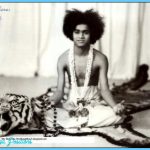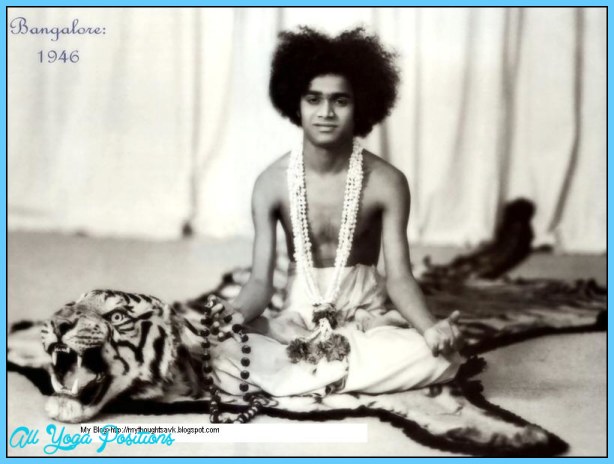Upasana – worship-meditation’ – can be classified as falling somewhere between analysis, worship and meditation. It seems to me that upasana has a distinct analytical and cognitive dimension, namely that of gaining knowledge of brahman. That aspect could certainly bring to mind Buddhist insight meditation appearing about the same time. So here Crangle identifies a point of cross-fertilisation between Brahmin and Buddhist discourses: the importance of thinking, analysing and pondering in relation to inward focussing. Both the Brahmin, performing upasana, and the Buddhist, performing insight meditation, internalise and ponder on their own doctrinal symbols: the Brahmin, performing upasana, ponders on notions like brahman’ and OM’, while the Buddhist broods over notions like impermanence’ and non-self. So one could also argue that upasana was a form of insight meditation’.
If on the other hand we understand yogic meditation strictly as mortified still-mind’ – which would be a typical modern way of interpretation – then upasana practice seems different from yogic meditation. Upasana has strong elements of cognitive analysis and/or can be practised as silent chanting, which we do not find in a mortified mind. Both elements of upasana require discursive cognition, which contradicts a modern understanding of meditation (i.e. as yogic still-mind’). Thus seen in this way it is not related to yogic meditation.
There is a third possible interpretation, where yoga is seen in a different context. Here yoga-meditation is still about trance and calming the mind, but as an integral part of a chanting ritual. The general term is japa orpranava – murmuring and chanting holy words and sounds. The ritual will start as voiced chanting of for example OM, which becomes more and more silent until nothing is heard and the ritual becomes an internal process. The Brahmin now moves into still-mind-meditation.
At the very end of the process, there is total stillness and silence. As OM is the verbal sound representation of brahman, then brahman being soundless sound-vibrations will emerge in the silent mind (Pflueger 1998). The yogi, accordingly, makes union with brahman – or it is often said there is some kind of brahman realisation. Consequently, we often hear yoga discussed as nada-yoga -sound yoga. Seen in this third way yogic meditation is a refinement of Brahmin upasana rituals – an act of coming near brahman.
So many interpretations are possible. It cannot be ruled out that the yogic meditation of still mind was an outgrowth of upasana practices – yoga, as upasana version 2.0. So we face a problem of interpretation, which is made worse by the fact that it is not possible to obtain from the texts a precise understanding of how you specifically practise upasana: is it a cluster of techniques, is it analytical introspection, is it silent recitation? Does it put you in a trance by monotonic numbing of mind? How did it actually work at that time? What kind of ASC did it generate?


